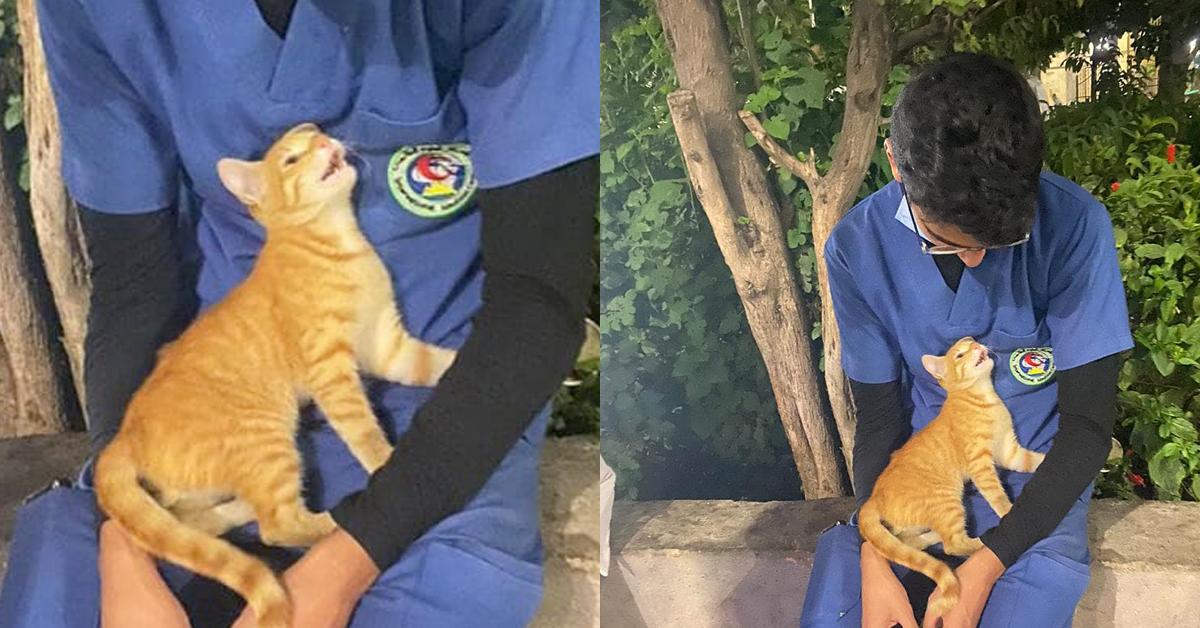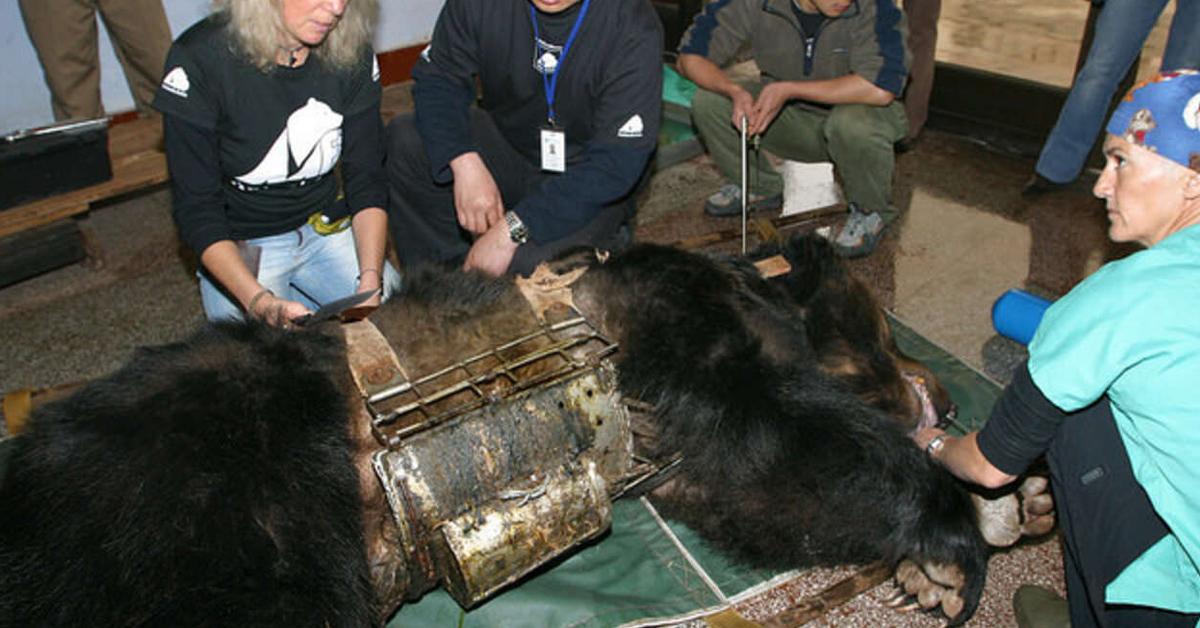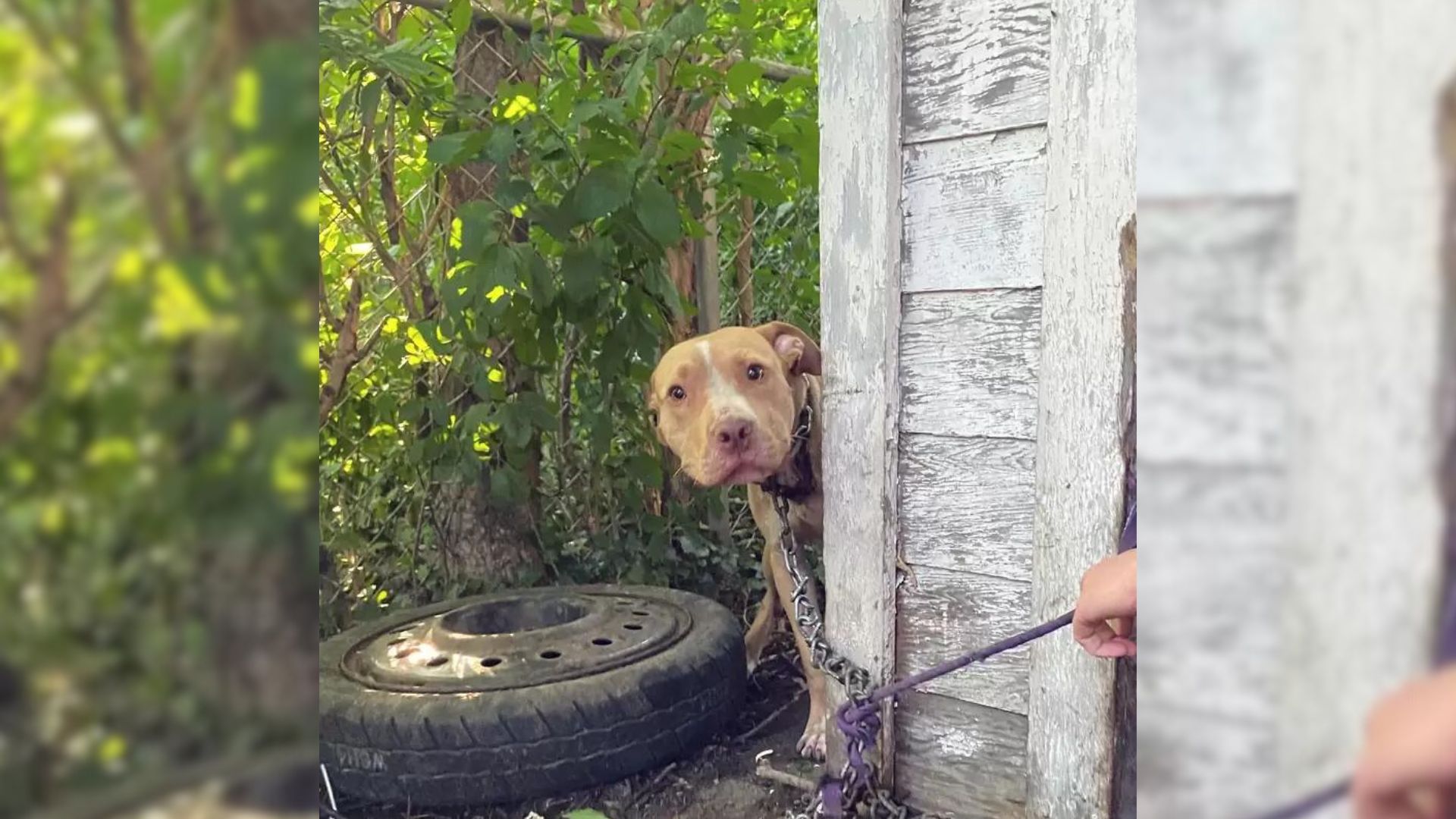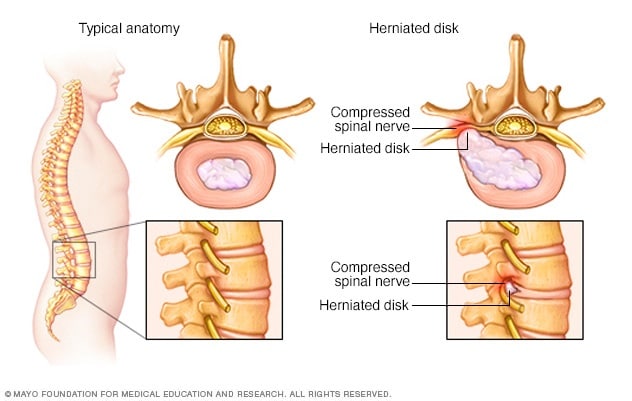
My Dog Ate Chocolate and He Was Fine, so What’s the Big Deal?

f you ask a dog owner what dogs cannot eat, they’ll list some foods like onions, garlic, rhubarb, grapes and chocolate. (As an aside, if they say grains, don’t listen to them.) Dogs’ inability to safely consume chocolate is common knowledge, but thanks to their proclivity for eating anything they can get their mouths on, many dogs are nonetheless treated for ingesting chocolate every year.
However, there are also many, many dogs who eat chocolate (with or without their owner’s knowledge) who are perfectly fine, no treatment necessary. If chocolate is so bad for dogs, why are these candy-consuming canines fine?
Because, as with all things, the dose makes the poison.
The components of chocolate that are toxic to dogs are theobromine and caffeine. These two chemicals are, structurally, almost identical, and both belong to a group of chemicals called methylxanthines.
Part of what makes methylxanthines so dangerous to animals is how slowly they process them, in particular, theobromine. While dogs reach peak serum (the non-cell part of blood) levels of caffeine after 30-60 minutes and eliminate half of an ingested dose in 4.5 hours, they don’t reach peak serum levels of theobromine until after 10 hours and take 17.5 hours to eliminate half of it.
While they’re in the blood, methylxanthines have a few effects. Primarily, they inhibit the activation of adenosine receptors. These receptors are generally responsible for making us feel sleepy, and decreasing the activity of our bodies. Methylxanthines inhibit these sleepy feelings and act as stimulants.
So, what does this mean for your dog who ate a chocolate bar? It means they will feel nauseous and probably vomit, they’ll have a high heart rate, diarrhea, show signs of hyperactivity and, if they consumed a high dose of methylxanthines, tremors, seizures and possibly death.
What exactly is a high dose of methylxanthines however depends on your dog.
According to the ASPCA mild effects of theobromine poisoning can be seen at a dose of 20 mg/kg. Severe signs begin at about 40 mg/kg and seizures can begin at 60 mg/kg. A median lethal dose (LD50) is the dose of a toxin required to kill half of a sample population. It’s a common way of measuring a lethal dose of a substance in toxicological research, and for theobromine, the LD50 is 100-200 mg/kg.
Notice that because all of these doses are given per kilogram of dog, what’s a low dose of theobromine for a German Shepard could be an exceptionally large dose for a chihuahua.
To illustrate my point, allow me to introduce three dogs. First, we have Baci, a 5-year-old, 7-kg Maltipoo. She’s considered a small dog by all reasonable metrics.

Next meet Chanelle, a 10-year-old Golden Retriever who is solidly medium-sized at 25 kg.
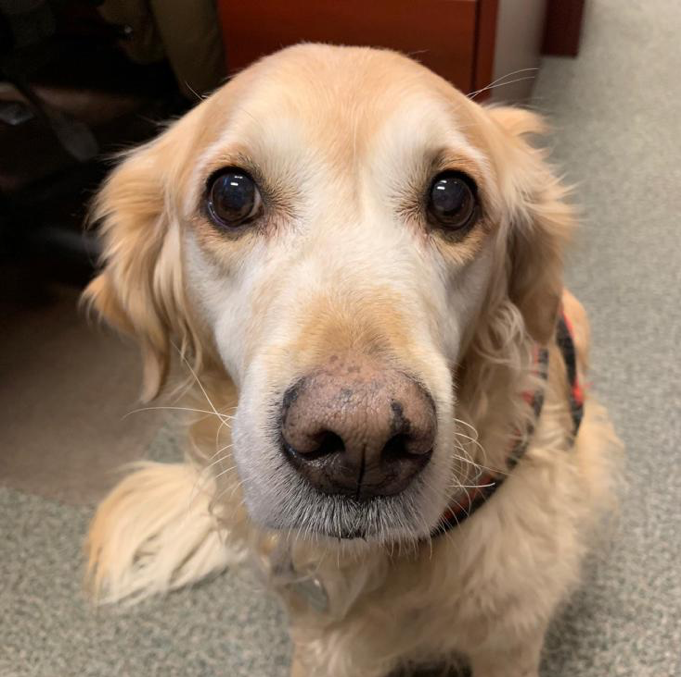
Last, we have Jupiter, a 5-year-old Malamute/German Shepherd cross who is quite large at 50 kg.

I’ve run some numbers to see how each of these dogs would fair if they ate the same amounts of chocolate. You can see my results in the chart below and can replicate my calculations easily using one of the online chocolate toxicity calculators.
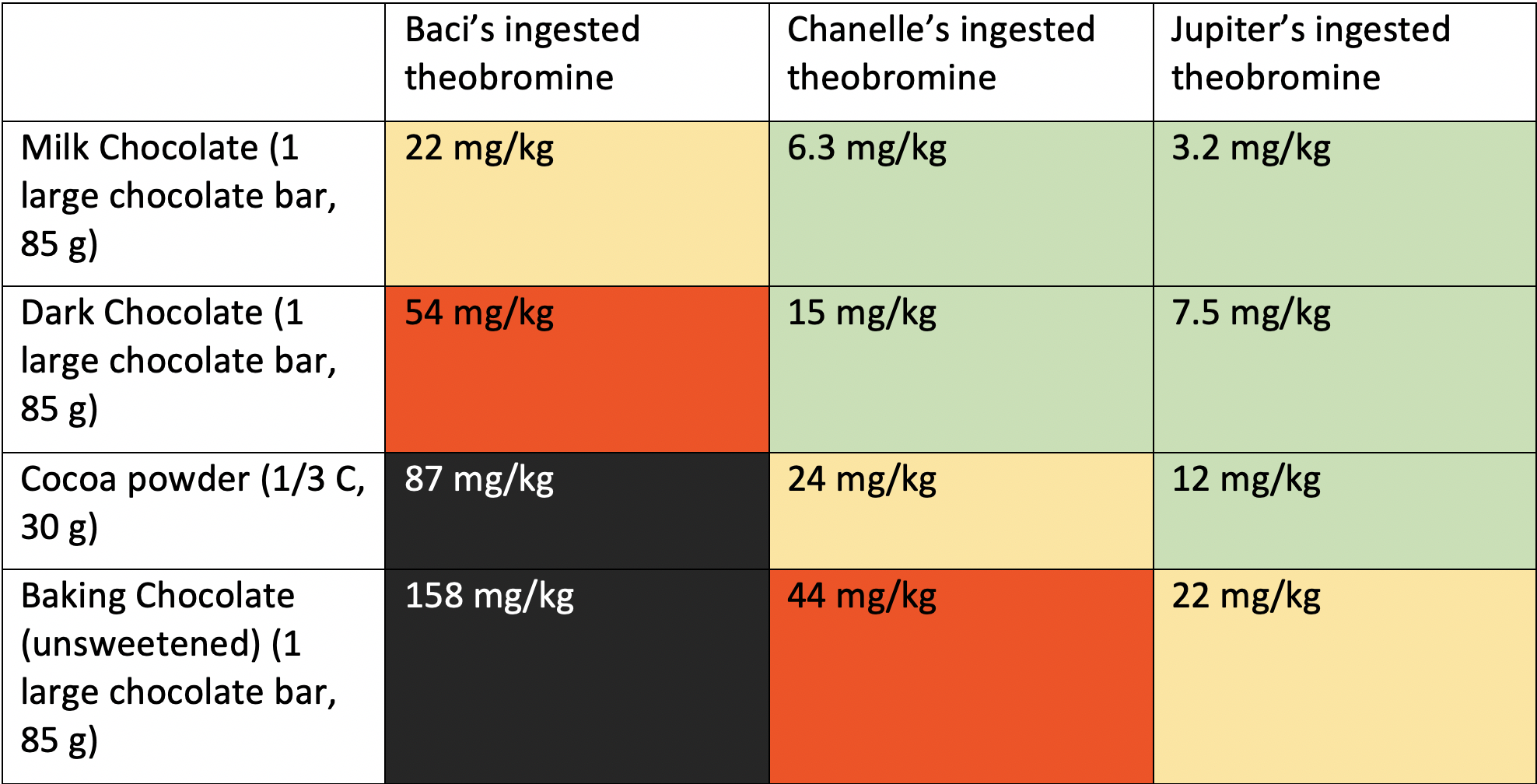
(Green = <20 mg/kg, yellow = 20-40 mg/kg, red = 40-60 mg/kg, black = >60 mg/kg)
So, we can see that while Jupiter will probably be fine if he scarfs down 1/3 cup of cocoa powder (the amount in your average recipe for brownies), Chanelle would likely be sick, and Baci would be facing seizures and possibly death.
It’s easy to see, when you start playing with the numbers, how so many dogs can eat chocolate-containing foods and be totally fine. Chanelle could easily consume ½ cup of chocolate ice cream, or a chocolate pudding cup, or a chocolate cupcake and not even show the slightest sign of being sick!

What about mulch made from cocoa bean shells?
Even if your dog doesn’t get sick from eating small amounts of chocolate however, it’s still best that they avoid it. One study found that repeated theobromine exposure led to the development of cardiomyopathy (a chronic disease of the heart muscle that makes it harder for the heart to pump blood) in dogs.
There may also be a genetic component to dogs’ ability to metabolize theobromine
Dogs with a particular variant in their CYP1A2 gene (the variant is 1117C>T) lack the ability to properly metabolize and break down some substances, including lidocaine, naproxen and theobromine. This has important implications in their veterinary treatment and could explain why some dogs get sick after eating very little chocolate.
So, what should you do if you suspect your dog has eaten chocolate? You have a few options. You can check an online calculator (like this one) to see if your dog is likely to exhibit symptoms or call animal poison control (1-888-426-4435 in Canada and the U.S.). Keeping in mind that such resources are not substitutes for veterinarian care, you should monitor your dog closely no matter what they say, looking for symptoms like a fast heart rate, vomiting or tremors.
If your dog ate an unknown amount of chocolate; is exhibiting symptoms; is pregnant (theobromine can cross the placenta and affect the puppy); or has other health complications, you should take them to a vet right away. Symptoms may not develop until up to two hours after ingestion, but veterinarian anti-chocolate treatments are most effective if performed as soon as possible after ingestion.
And what exactly do they do to cure a dog of theobromine poisoning? Gastric decontamination. The first step is to empty the stomach (if the ingestion was recent enough). This is often done with a drug called apomorphine which is administered through the eye so that it is quickly absorbed.
Next, a vet will administer activated charcoal, a finely powdered material capable of binding a variety of drugs and chemicals. Activated charcoal is most effective if given immediately after ingestion of the toxin and is usually given by mixing it with wet dog food (beware: it will turn your dog’s poop black). In some cases, repeat administrations of charcoal are necessary, but in others, just one dose will do it.
Beyond these steps, a theobromine-poisoned dog will just be given medicines to manage their specific symptoms, such as Diazepam for seizures or hyperexcitability, beta blockers for high heart rate, Atropine for low heart rate or others.
Before you go: a note on cats
As it turns out, cats are actually more susceptible to theobromine poisoning than dogs, but we don’t ever hear about a cat getting sick from eating chocolate. Why is that?
Mainly because cats don’t eat as indiscriminately as dogs. Dogs are known for eating just about anything they can find (including joint butts, a practice that places them at risk for cannabis poisoning), whereas cats tend to be picky eaters. In part this is explained by the fact that cats lack the ability to taste glucose.
If all chocolate tasted like 100% dark chocolate, you likely wouldn’t eat much of it either.
Take-home message:
• Chocolate is poisonous to dogs mostly because of its theobromine content, which dogs are unable to metabolize effectively.
•The amount of chocolate a dog can eat without showing symptoms varies drastically with their weight
• If your dog eats chocolate, you should monitor them closely and seek veterinary attention if they show any symptoms, or if they are very young, pregnant or have other health concerns.
Special thanks to Rachel Malkani MSc. CDBC and veterinary PhD candidate, and to Henry for inspiring this article by, as you may guess, eating chocolate.
















